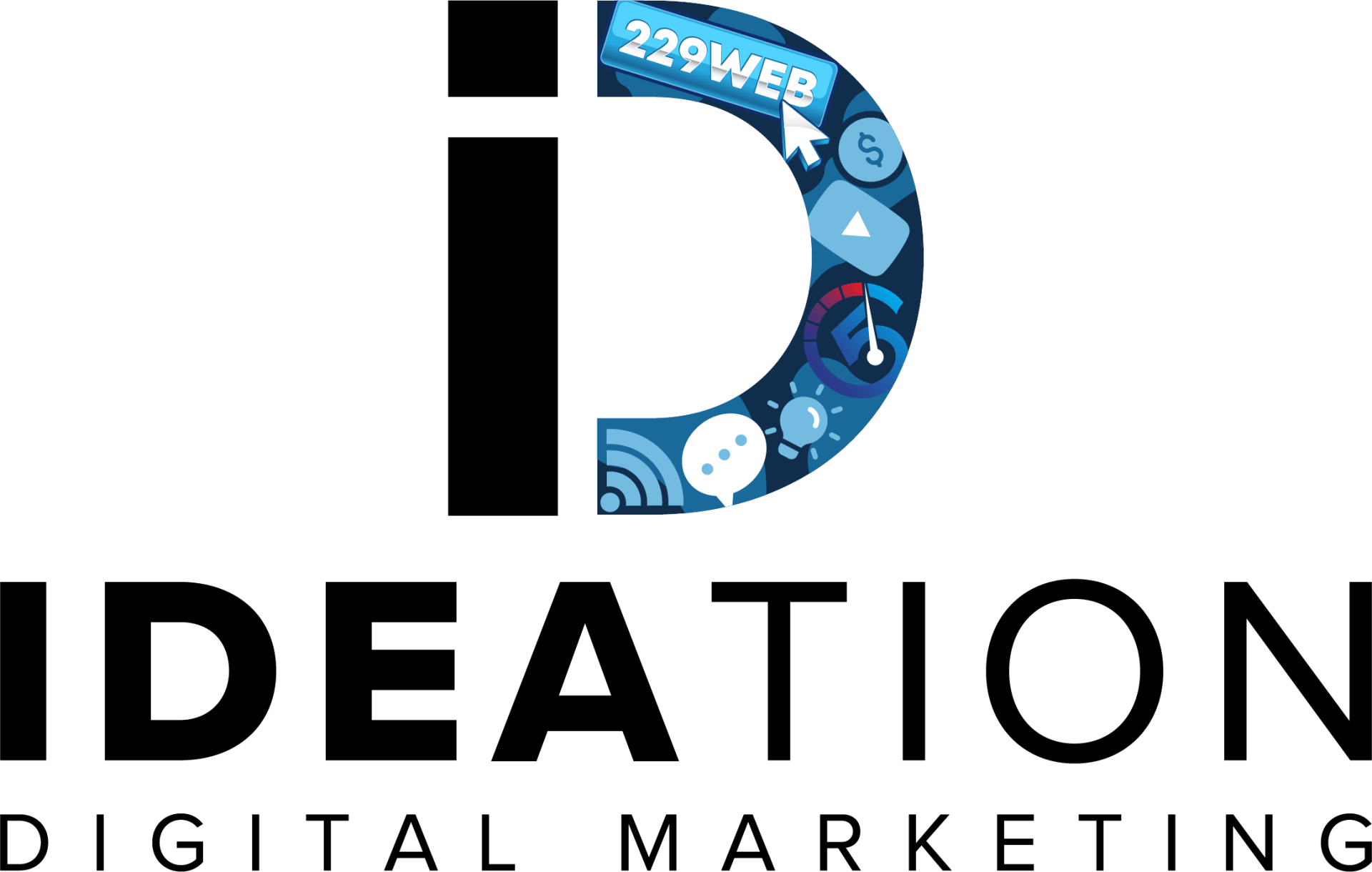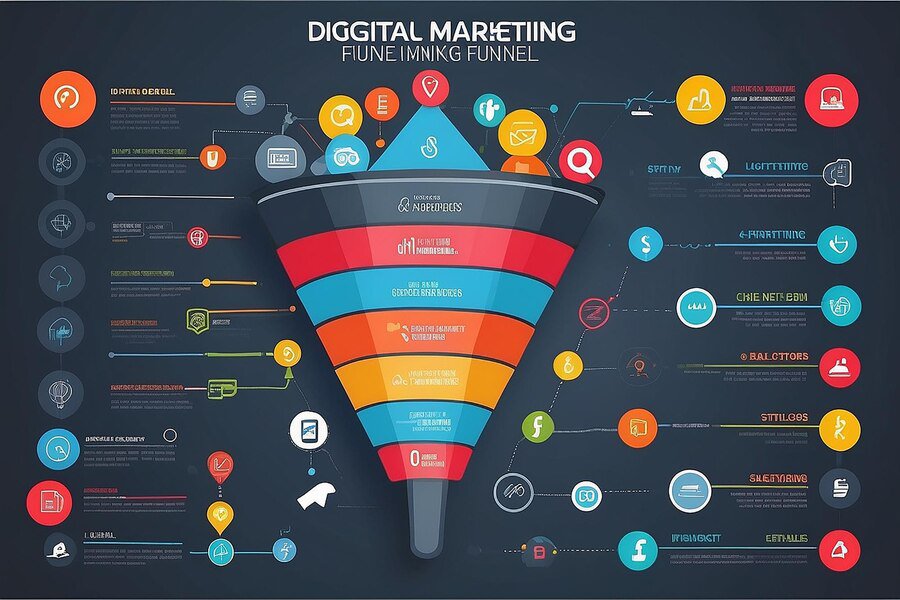Accessibility in Web Development: Designing for All Users
Accessibility in Web Development: Designing for All Users is a crucial imperative in the digital landscape, where inclusivity and equal access to information are fundamental principles. In today's interconnected world, the internet serves as a gateway to knowledge, services, and opportunities, yet it remains inaccessible to a significant portion of the population due to various disabilities and limitations. This necessitates a paradigm shift in web development, moving beyond mere aesthetics and functionality to prioritize the creation of digital experiences that cater to diverse user needs. From individuals with visual or auditory impairments to those with motor disabilities or cognitive challenges, inclusive design ensures that everyone can navigate, interact with, and benefit from online content seamlessly. Embracing accessibility not only fosters social responsibility but also yields tangible benefits for businesses and organizations, enhancing reach, engagement, and user satisfaction. As we delve deeper into the realm of web development, it becomes increasingly evident that designing for all users isn't just a moral obligation but a strategic imperative for building a more equitable and inclusive digital future.
Understanding User Needs: Tailoring Web Design for Accessibility
Understanding the diverse needs of users is fundamental to creating accessible websites. This involves considering various factors such as physical disabilities, cognitive impairments, and situational limitations. By conducting thorough research and engaging with potential users, web developers can gain insights into the specific challenges different individuals may face when accessing online content. Tailoring web design to accommodate these needs often involves incorporating features like alternative text for images, keyboard navigation options, and adjustable font sizes. By prioritizing user needs from the outset, developers can create more inclusive digital experiences that cater to a wider audience and ensure that no one is left behind in the online world.

Principles of Inclusive Design: Making Websites Universally Accessible
Inclusive design goes beyond mere compliance with accessibility standards; it strives to create digital experiences that are welcoming and intuitive for all users. This approach involves considering diversity from the outset of the design process and designing with empathy for users with varying abilities and backgrounds. Inclusive design principles emphasize flexibility, simplicity, and clarity to ensure that websites are usable by the widest possible audience. By adopting inclusive design practices, developers can create websites that accommodate diverse user needs without the need for specialized adaptations or assistive technologies. Ultimately, inclusive design benefits everyone by creating more user-friendly and enjoyable online experiences.
Implementing WCAG Guidelines: Ensuring Web Content Accessibility
The Web Content Accessibility Guidelines (WCAG) provide a comprehensive framework for ensuring that web content is accessible to all users, regardless of disability. Implementing WCAG guidelines involves adhering to a set of principles and success criteria that address various aspects of web accessibility, including perceivability, operability, and understandability. Developers can use tools and techniques such as semantic HTML, proper use of ARIA roles, and sufficient color contrast to meet WCAG requirements. By following these guidelines, developers can ensure that their websites are usable by individuals with disabilities and compatible with a wide range of assistive technologies. Compliance with WCAG not only improves accessibility but also enhances usability and user experience for all visitors to the
website.
Assistive Technologies: Enhancing User Experience for All
Assistive technologies play a crucial role in enabling individuals with disabilities to access and interact with digital content. These technologies include screen readers, magnification software, speech recognition tools, and alternative input devices, among others. By incorporating support for assistive technologies into web development, developers can significantly enhance the usability and accessibility of their websites. This involves ensuring compatibility with popular assistive technologies and implementing features such as keyboard shortcuts, ARIA landmarks, and accessible forms. By considering the needs of users who rely on assistive technologies, developers can create more inclusive digital experiences that empower individuals with disabilities to navigate and engage with online
content independently.
Designing for Diverse Abilities: Strategies for Accessibility
Designing for diverse abilities requires a thoughtful and holistic approach that considers a wide range of user needs and preferences. This involves incorporating inclusive design principles, conducting usability testing with diverse user groups, and iterating on design solutions based on feedback. Strategies for accessibility may include providing multiple means of navigation, offering customizable interface options, and ensuring compatibility with assistive technologies. Additionally, developers should prioritize clarity, consistency, and simplicity in their designs to minimize cognitive load and make content more easily understandable for all users. By embracing a diverse and inclusive approach to design, developers can create websites that are accessible and enjoyable for individuals with varying abilities, ensuring that everyone can fully participate in the digital world.

Testing for Accessibility: Ensuring a Seamless User Journey
Ensuring accessibility is integral to providing an inclusive online experience. Testing methodologies help identify and address barriers that may hinder users with disabilities from navigating websites effectively.
- Conduct automated accessibility tests using tools like WAVE or Axe.
- Perform manual testing with assistive technologies such as screen readers.
- Engage users with disabilities in usability testing sessions to gather feedback.
- Validate color contrast ratios and ensure text is easily readable.
- Regularly audit websites for compliance with accessibility standards like WCAG.
By rigorously testing for accessibility, developers can proactively address potential issues and create digital environments where all users can navigate seamlessly, regardless of their abilities or assistive technology usage.
Evolving Standards: Adapting Web Development Practices for Inclusivity
Web development standards are continuously evolving to prioritize inclusivity and accessibility. Staying abreast of these changes and adapting development practices accordingly is crucial for creating websites that cater to diverse user needs.
- Stay updated on the latest WCAG guidelines and incorporate them into development workflows.
- Embrace responsive design principles to ensure websites are accessible across various devices and screen sizes.
- Explore emerging technologies like AI and machine learning to enhance accessibility features.
- Participate in accessibility-focused communities and conferences to share knowledge and best practices.
- Advocate for inclusivity within development teams and encourage ongoing education and awareness.
By embracing evolving standards and integrating inclusivity into web development practices, developers can contribute to a digital landscape that is accessible to all users, fostering a more equitable online experience for everyone.
Conclusion
Prioritizing accessibility in web development is not just a trend; it's a moral imperative and a legal requirement. By ensuring that websites are designed with all users in mind, regardless of their abilities, we create a more inclusive online space where everyone can navigate, interact, and engage with content seamlessly. From implementing alt text for images to providing keyboard navigation options, small design choices can make a significant impact on the user experience for individuals with disabilities. As we continue to strive for a more accessible web, let's remember that accessibility benefits everyone, not just those with disabilities, by enhancing usability and user satisfaction.
For more information on how to enhance accessibility in your web development projects, or to inquire about our services at Ideation Digital Marketing, please don't hesitate to reach out to us at (304) 814-2445. Our team of experts is dedicated to helping you create digital experiences that are inclusive and impactful for all users.












